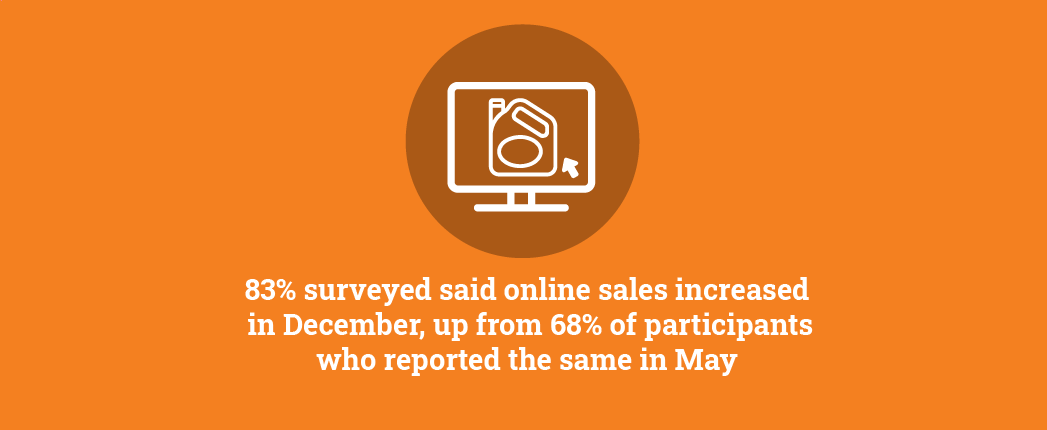
A December survey of lubricant suppliers in Russia showed their outlook on their business took a downturn from September, suggesting that the market was trending in a negative direction as 2020 came to a close.
Moscow-based consulting firm B2X’s Lubricants Business Monitor survey received responses from marketers and importers of 30 different brands accounting for 63% of lube consumption in the country, with sales in six of the nation’s eight federal districts. B2X’s report features a lubricant business confidence index based on indicators such as lubricant sales, profits, costs and receivables.
The index for the December survey – the fourth that the firm conducted during 2020 – was 39.2 on a scale of zero to 100, indicating negative market development. In September the index was 50.4.
Based on the data gathered, B2X expects the market to remain challenging in 2021.
“The market participants relate this to the slow winter season,” Senior Analyst Ivan Yakovlev told Lube Repot last week. “Also, they expect lower profitability because of the expected slump in lubricant demand and increased base oil prices in 2021.”
The December survey indicated that respondents perceive the fourth quarter downturn to have been mostly about sales through traditional channels, such as auto parts stores and other retail points. It did show bright spots, though, for example with sales through hypermarkets and online platforms.
Only 25% of respondents said lubricants demand grew at independent service stations in December, slumping from 52% in September. Twenty-two percent reported that demand at auto parts stores grew in December, up slightly from 18% in September.
The previous surveys were conducted in May, June and September, and the portion of respondents reporting increased online sales rose steadily – from 68% in May to 83% in December. The portion reporting increased sales through hypermarkets and supermarkets – which together constitute the second-biggest sales channel – also increased, from 19% in May to 38% in December. December’s survey suggested stagnant demand in areas such as commercial transportation, construction and utility services.
“In December, the market participants gave positive assessments of the lube demand in the electric generation, machine building and forestry sectors, while the agricultural sector has seen the best improvement for that month,” Yakovlev said.
In the agricultural sector, 55% of the respondents said that demand for lubricants increased in December, whereas that number for September was 39%. In other areas such as oil and gas, chemistry and mining sectors, the survey showed stagnant market dynamics in December, compared to September.
“Based on the collected data for whole 2020, the lubricant marketers in Russia [resumed] plans to promote new products and online sales, while [activities] such as marketing, new employee hires, training and investment projects were reduced or slashed,” Yakovlev said.
Based on survey responses, B2X estimates that Russian lubricant demand dropped 4% in 2020 to 1.64 million metric tons.
The firm plans to conduct the survey again in March.